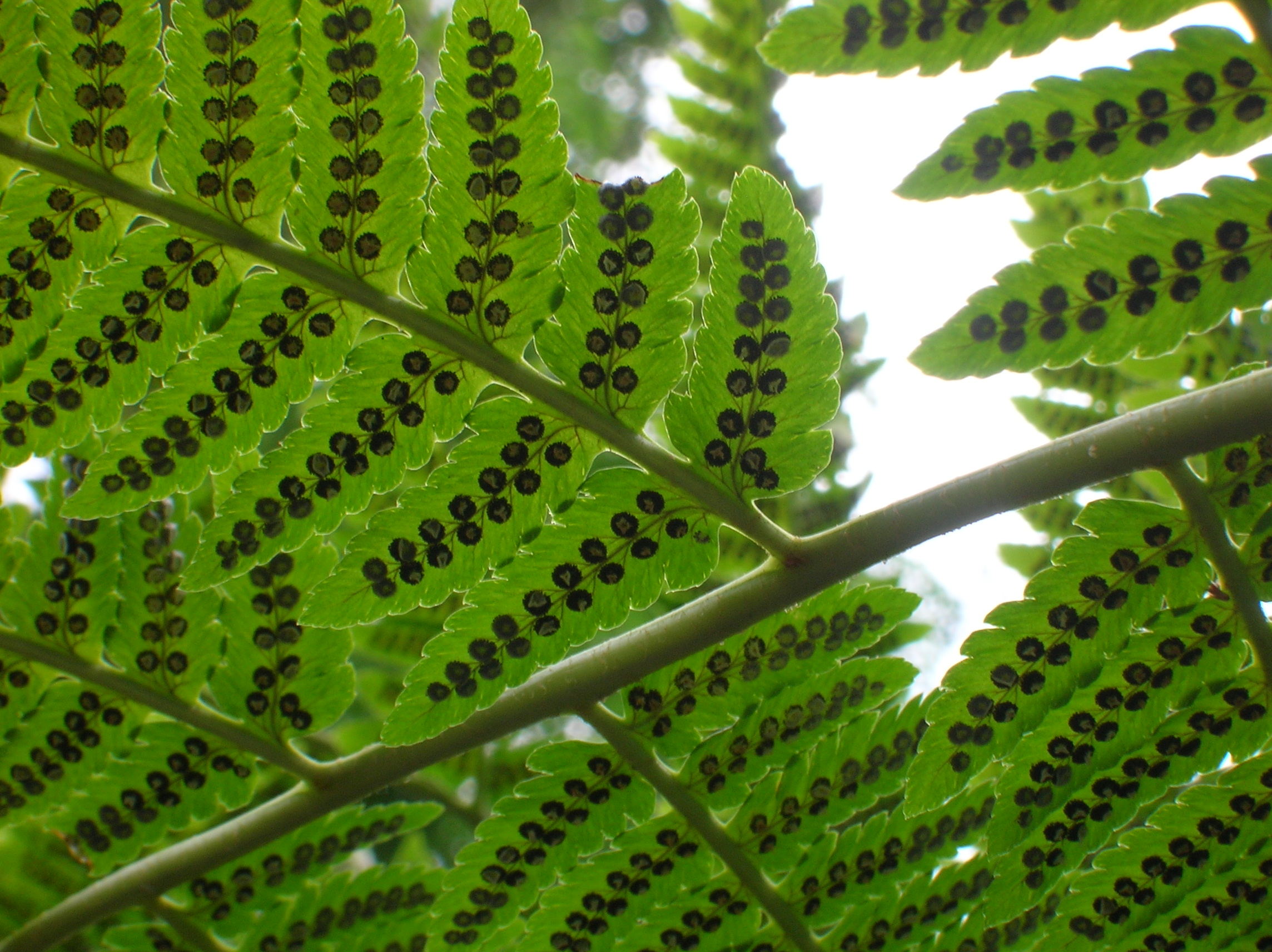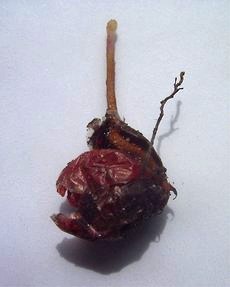|
Drosera Linearis
''Drosera linearis'', commonly called the slenderleaf sundew, is a sundew found in the Great Lakes region of North America, in Canada and the United States, such as Michigan, and in Montana. It is usually no more than four inches tall.D'Amato, P. 1998. '' The Savage Garden: Cultivating Carnivorous Plants''. Ten Speed Press, Berkeley, California. Description ''Drosera linearis'' is a herbaceous perennial with gland-tipped hairs covering long linear leaves. Plants form rosettes that are 6–15 cm wide. The stalks (stipules) of the leaves are 5 mm wide and hairless. The leaf blades are linear-shaped, 1–6 cm long, and 1.5–3 mm wide with edges lined with hair-like glands. The flower scapes are hairless, 6 to 13 cm long, ending in 1 to 4 white flowers. The flowers are 6–8 mm wide with obovate shaped petals. The seed capsules are 4–5 mm long and when ripe have black, oblong-obovoid to rhomboidal-shaped seeds that 0.5–0.8 mm long. The se ... [...More Info...] [...Related Items...] OR: [Wikipedia] [Google] [Baidu] |
John Goldie (botanist)
John Goldie (21 March 1793 – 23 July 1886) was a Scottish-born botanist and author. He is credited with recording the existence of fourteen plant species previously unknown to science including '' Dryopteris goldieana'', '' Stellaria longipes'' and ''Drosera linearis''. Early life and education Goldie was born in Kirkoswald in 1793, the son of William Goudie and Janet McClure. As a teenager, Goldie had apprenticed as a gardener and was later employed at the Glasgow Botanic Garden where he accumulated most of his knowledge of botany. Having studied language at the University of Glasgow, Goldie was fluent in Greek, French, and Hebrew, although he never registered for a degree due to financial problems.P. M. Eckel. John Goldie in North America, Parts 1 and 2. Clintonia Vol. 4, Issue 5, Pages 1-5. September 6, 1989. While in Glasgow, he made the acquaintance of James Smith, a well-known local botanist and florist, and began spending time at his home near Minishant. In 181 ... [...More Info...] [...Related Items...] OR: [Wikipedia] [Google] [Baidu] |
Carnivorous Plants Of North America
The North American continent is home to a wide variety of carnivorous plant species. Species from seven genera are native to the continent, and three of these genera are found nowhere else on the planet. Genera and species ;'' Catopsis'' *''Catopsis berteroniana'' ;''Darlingtonia'' *''Darlingtonia californica'' ;''Dionea'' *''Dionea muscipula'' ;''Drosera'' *''Drosera anglica'' *''Drosera brevifolia'' *'' Drosera capillaris'' *''Drosera filiformis'' *''Drosera intermedia'' *''Drosera linearis'' *''Drosera rotundifolia'' *'' Drosera tracyi'' ;'' Sarracenia'' *'' Sarracenia alabamensis'' *'' Sarracenia alata'' *'' Sarracenia flava'' *'' Sarracenia jonesii'' *'' Sarracenia leucophylla'' *'' Sarracenia minor'' *'' Sarracenia oreophila'' *'' Sarracenia psittacina'' *''Sarracenia purpurea'' *'' Sarracenia rosea'' *'' Sarracenia rubra'' ;''Pinguicula'' *'' Pinguicula acuminata'' *'' Pinguicula conzattii'' *'' Pinguicula elizabethiae'' *''Pinguicula filifolia'' *''Pinguicula gig ... [...More Info...] [...Related Items...] OR: [Wikipedia] [Google] [Baidu] |
Flora Of Wisconsin
Flora (: floras or florae) is all the plant life present in a particular region or time, generally the naturally occurring ( indigenous) native plants. The corresponding term for animals is ''fauna'', and for fungi, it is ''funga''. Sometimes bacteria and fungi are also referred to as flora as in the terms ''gut flora'' or ''skin flora''. Etymology The word "flora" comes from the Latin name of Flora, the goddess of plants, flowers, and fertility in Roman mythology. The technical term "flora" is then derived from a metonymy of this goddess at the end of the sixteenth century. It was first used in poetry to denote the natural vegetation of an area, but soon also assumed the meaning of a work cataloguing such vegetation. Moreover, "Flora" was used to refer to the flowers of an artificial garden in the seventeenth century. The distinction between vegetation (the general appearance of a community) and flora (the taxonomic composition of a community) was first made by Jules Thurman ... [...More Info...] [...Related Items...] OR: [Wikipedia] [Google] [Baidu] |
Flora Of Quebec
Quebec ( ; )According to the Canadian government, ''Québec'' (with the acute accent) is the official name in Canadian French and ''Quebec'' (without the accent) is the province's official name in Canadian English is one of the thirteen provinces and territories of Canada. It is the largest province by area and the second-largest by population. Much of the population lives in urban areas along the St. Lawrence River, between the most populous city, Montreal, and the provincial capital, Quebec City. Quebec is the home of the Québécois nation. Located in Central Canada, the province shares land borders with Ontario to the west, Newfoundland and Labrador to the northeast, New Brunswick to the southeast, and a coastal border with Nunavut; in the south it borders Maine, New Hampshire, Vermont, and New York in the United States. Between 1534 and 1763, Quebec was called ''Canada'' and was the most developed colony in New France. Following the Seven Years' War, Quebec beca ... [...More Info...] [...Related Items...] OR: [Wikipedia] [Google] [Baidu] |
Flora Of Ontario
Flora (: floras or florae) is all the plant life present in a particular region or time, generally the naturally occurring ( indigenous) native plants. The corresponding term for animals is ''fauna'', and for fungi, it is ''funga''. Sometimes bacteria and fungi are also referred to as flora as in the terms ''gut flora'' or ''skin flora''. Etymology The word "flora" comes from the Latin name of Flora, the goddess of plants, flowers, and fertility in Roman mythology. The technical term "flora" is then derived from a metonymy of this goddess at the end of the sixteenth century. It was first used in poetry to denote the natural vegetation of an area, but soon also assumed the meaning of a work cataloguing such vegetation. Moreover, "Flora" was used to refer to the flowers of an artificial garden in the seventeenth century. The distinction between vegetation (the general appearance of a community) and flora (the taxonomic composition of a community) was first made by Jules Thurman ... [...More Info...] [...Related Items...] OR: [Wikipedia] [Google] [Baidu] |
Flora Of Montana
Flora (: floras or florae) is all the plant life present in a particular region or time, generally the naturally occurring ( indigenous) native plants. The corresponding term for animals is '' fauna'', and for fungi, it is ''funga''. Sometimes bacteria and fungi are also referred to as flora as in the terms ''gut flora'' or ''skin flora''. Etymology The word "flora" comes from the Latin name of Flora, the goddess of plants, flowers, and fertility in Roman mythology. The technical term "flora" is then derived from a metonymy of this goddess at the end of the sixteenth century. It was first used in poetry to denote the natural vegetation of an area, but soon also assumed the meaning of a work cataloguing such vegetation. Moreover, "Flora" was used to refer to the flowers of an artificial garden in the seventeenth century. The distinction between vegetation (the general appearance of a community) and flora (the taxonomic composition of a community) was first made by ... [...More Info...] [...Related Items...] OR: [Wikipedia] [Google] [Baidu] |
Flora Of Michigan
Flora (: floras or florae) is all the plant life present in a particular region or time, generally the naturally occurring ( indigenous) native plants. The corresponding term for animals is ''fauna'', and for fungi, it is ''funga''. Sometimes bacteria and fungi are also referred to as flora as in the terms ''gut flora'' or ''skin flora''. Etymology The word "flora" comes from the Latin name of Flora, the goddess of plants, flowers, and fertility in Roman mythology. The technical term "flora" is then derived from a metonymy of this goddess at the end of the sixteenth century. It was first used in poetry to denote the natural vegetation of an area, but soon also assumed the meaning of a work cataloguing such vegetation. Moreover, "Flora" was used to refer to the flowers of an artificial garden in the seventeenth century. The distinction between vegetation (the general appearance of a community) and flora (the taxonomic composition of a community) was first made by Jules Thurman ... [...More Info...] [...Related Items...] OR: [Wikipedia] [Google] [Baidu] |
Flora Of Maine
Flora (: floras or florae) is all the plant life present in a particular region or time, generally the naturally occurring (indigenous) native plants. The corresponding term for animals is ''fauna'', and for fungi, it is ''funga''. Sometimes bacteria and fungi are also referred to as flora as in the terms ''gut flora'' or ''skin flora''. Etymology The word "flora" comes from the Latin name of Flora, the goddess of plants, flowers, and fertility in Roman mythology. The technical term "flora" is then derived from a metonymy of this goddess at the end of the sixteenth century. It was first used in poetry to denote the natural vegetation of an area, but soon also assumed the meaning of a work cataloguing such vegetation. Moreover, "Flora" was used to refer to the flowers of an artificial garden in the seventeenth century. The distinction between vegetation (the general appearance of a community) and flora (the taxonomic composition of a community) was first made by Jules Thurmann ... [...More Info...] [...Related Items...] OR: [Wikipedia] [Google] [Baidu] |
Flora Of Alberta
Flora (: floras or florae) is all the plant life present in a particular region or time, generally the naturally occurring ( indigenous) native plants. The corresponding term for animals is ''fauna'', and for fungi, it is '' funga''. Sometimes bacteria and fungi are also referred to as flora as in the terms ''gut flora'' or ''skin flora''. Etymology The word "flora" comes from the Latin name of Flora, the goddess of plants, flowers, and fertility in Roman mythology. The technical term "flora" is then derived from a metonymy of this goddess at the end of the sixteenth century. It was first used in poetry to denote the natural vegetation of an area, but soon also assumed the meaning of a work cataloguing such vegetation. Moreover, "Flora" was used to refer to the flowers of an artificial garden in the seventeenth century. The distinction between vegetation (the general appearance of a community) and flora (the taxonomic composition of a community) was first made by Jules Thurma ... [...More Info...] [...Related Items...] OR: [Wikipedia] [Google] [Baidu] |
Drosera
''Drosera'', which is commonly known as the sundews, is one of the largest genera of carnivorous plants, with at least 194 species. 2 volumes. These members of the family Droseraceae lure, capture, and digest insects using stalked mucilaginous glands covering their leaf surfaces. The insects are used to supplement the poor mineral nutrition of the soil in which the plants grow. Various species, which vary greatly in size and form, are native to every continent except Antarctica.McPherson, S.R. 2008. ''Glistening Carnivores''. Redfern NaturalHistory Productions Ltd., Poole. Charles Darwin performed much of the early research into ''Drosera'', engaging in a long series of experiments with Drosera rotundifolia which were the first to confirm carnivory in plants. In an 1860 letter, Darwin wrote, “…at the present moment, I care more about ''Drosera'' than the origin of all the species in the world.” Both the botanical name (from the Greek δρόσος: ''drosos'' = "dew, d ... [...More Info...] [...Related Items...] OR: [Wikipedia] [Google] [Baidu] |
Spreng
Spreng may refer to: * 30 cm Wurfkörper 42 Spreng, a rocket *Sebastian Spreng Sebastian Spreng (born April 6, 1956) is an Argentine-born American visual artist and music journalist. He is a self-taught artist. He lives in Bay Harbor Islands, Florida. Biography Sebastian Spreng was born on April 6, 1956 in Esperan ... (born 1956), Argentine-born American visual artist and music journalist * Liselotte Spreng (1912–1992), Swiss women's rights activist *''Spreng.'', taxonomic author abbreviation of Kurt Polycarp Joachim Sprengel (1766–1833), German botanist and physician {{disambiguation ... [...More Info...] [...Related Items...] OR: [Wikipedia] [Google] [Baidu] |




.png)
